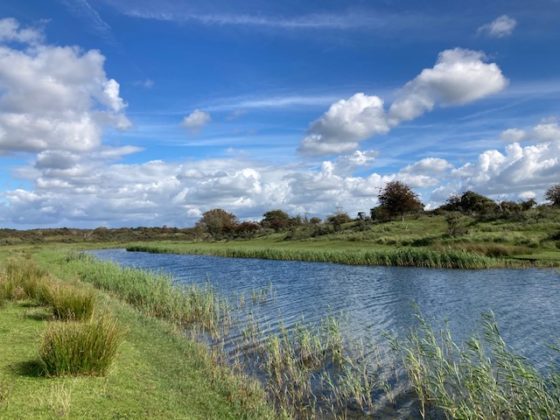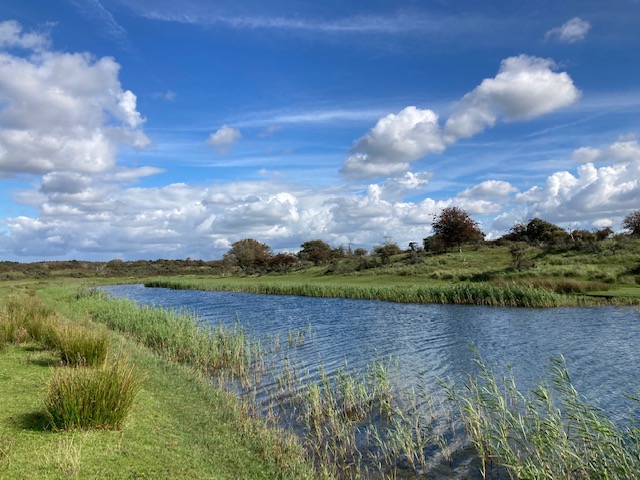
Photo: DutchNews.nl
The Cabinet’s plans to allow more water table fluctuations as part of measures to ensure adequate drinking water and prevent land subsidence will change the Dutch landscape, experts say.
Rising sea levels are increasing salinization of groundwater, while dry summers, population growth and economic development are hitting fresh water supplies, ministers say.
This means people must use less fresh water, says infrastructure minister Mark Harbers said at a presentation of the government’s plan on Friday. The cabinet aims to reduce consumption by 20%, equivalent to 100 liters per person per day.
“Over the centuries, we have transformed the country into what it is today by building dykes and digging ditches. But due to intensive use and climate change , we are now at our limit, taking into account our water we can continue to live and work in Holland.
water board It has warned that supplies are threatened because fresh water sources are in short supply.
Now the Cabinet has decided to raise the price of drinking water, but there is a “guarantee to keep it affordable”, and five-minute showers will become the norm.
At the same time, more freshwater sources will need to be found, and the water levels of the IJsselmeer and Markersee lakes, where rainwater is stored, will change more than they do today. And that means no more man-made islands or land reclamation projects, Mr. Habers said.
building ban
The Cabinet is also introducing a construction ban in the lowest 5-10% of the Netherlands, which it wants to reserve for water storage if needed. Construction on the river floodplains also ends.
But what the NRC said over the weekend means that plans for some new housing developments will have to be scrapped, again threatening plans to increase the housing stock by 900,000 by 2030.
Raising the water level of lowland peat bogs to stop greenhouse gas emissions as the peat dries also has implications for agriculture. Much of the north and west of the country has been drained to make it suitable for agriculture, and the land continues to shrink.
foundation
Hundreds of thousands of homes are at risk as this causes problems with building foundations and damages the wooden pillars on which many are built, infrastructure, drains and public spaces. increase.
The government also plans to raise the water table in the east of the country, where sandy soils are also drying out and losing their ability to store excess water.
Farmers are angry about the plan, saying the decision to raise the water table is “unacceptable” and will affect all land types and agricultural sectors.
The government has no plans yet to build new embankments along the coast or around rivers, but has set aside more land in case it is needed in the future.About 25% of the Netherlands is below sea level. I have.
Thank you for donating to DutchNews.nl
The DutchNews.nl team would like to thank all of our generous readers who have donated in recent weeks. Your financial support has allowed us to extend our coverage of the coronavirus crisis into evenings and weekends, ensuring that we are kept up to date with the latest developments.
DutchNews.nl has been free for 14 years, but without the financial support of our readers, we would not be able to provide fair and accurate news and features about all things Holland. Your contribution makes this possible.
https://www.dutchnews.nl/news/2022/11/plans-to-boost-drinking-water-stop-peat-shrinkage-will-impact-on-dutch-landscape/ Plans to increase drinking water, stop peat shrinkage impact Dutch landscape
